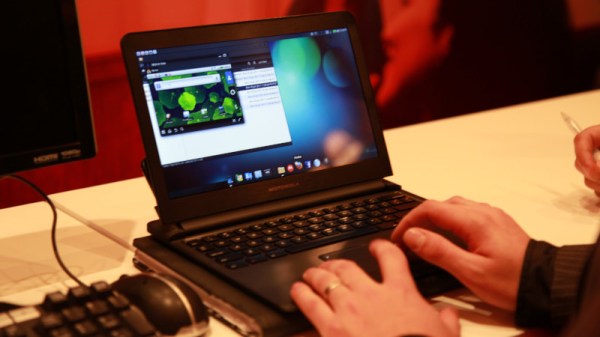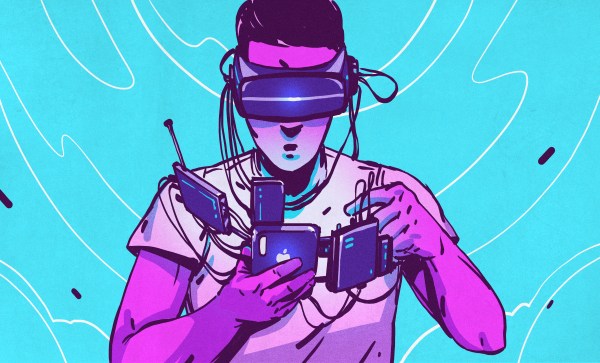Online mapping services pack in a lot of functionality that their paper-based forebearers could simply never imagine. Adding in metadata for local landmarks, businesses and respective reviews, and even live traffic data, they have the capability to deliver more information than ever before – and also correspondingly, shape human behaviour. [Simon Weckert] decided to explore this concept with a cheeky little hack.

The hack targets the manner in which Google collects live traffic data for display on Google Maps. When users load the app, Google takes location data from individual phones, tracking them as they travel along roadways. Large numbers of users travelling slowly down a road indicate there’s heavy traffic, and thus Google will display corresponding warnings on their maps and redirect users to take alternative paths.
To pull off the hack, [Simon] placed 99 smartphones in a handy-cart, tugging them behind him as he walked slowly down a series of streets. In the video, this is overlaid with Google’s map data captured at the time. The app updates the maps with orange and red lines down the roads which [Simon] travelled with his 99 pretend drivers, indicating a traffic jam.
We’d love to know whether [Simon] ran 99 individual SIM cards with data access, or if the hack was perpetrated with the use of a WiFi hotspot for cheaper internet access. Reddit comments note that Google will likely swiftly work on methods to prevent such tomfoolery in future. It’s simple to see that 99 individual users reporting the exact same location and speed at the same time would be trivial to filter out from traffic monitoring in future.
It’s both a commentary on the power we give these apps in our lives, as well as a great demonstration of how easily such systems can be trifled with. We first reported on Google’s traffic monitoring back in 2009, when it was a technology in its infancy. Video after the break.
Continue reading “How Many Smartphones Does It Take To Make A Traffic Jam?”



















